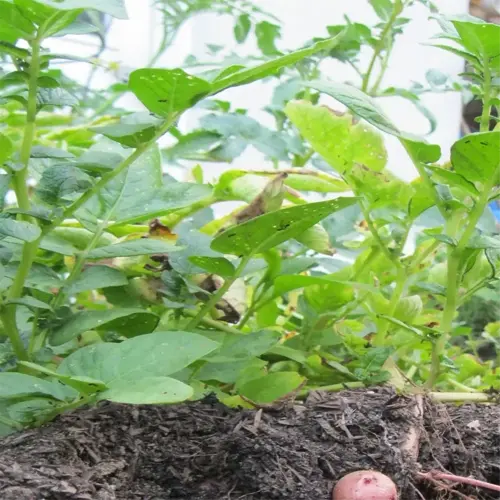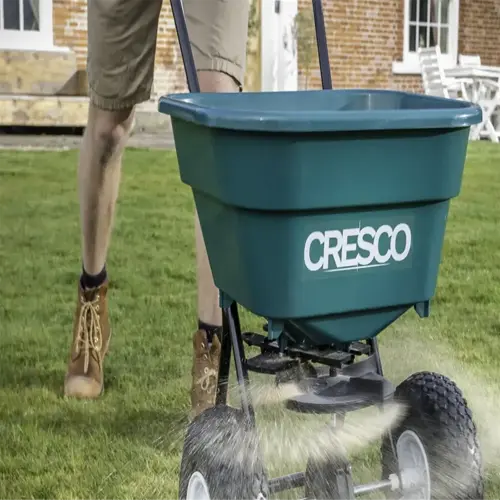Can moldy garlic be salvaged?

Written by
Tina Carter
Reviewed by
Prof. Charles Hartman, Ph.D.Anyone who finds moldy garlic should promptly check whether it is still salvageable. Black mold will penetrate garlic cloves quickly but white surface mold will usually not affect internal clove quality. I've saved garlic bulbs that had a touch of white mold when I peeled multiple layers of wrap. Regardless of mold, it is always best to check whether the garlic is firm; soft clove(s) means decline has occurred, and it is unlikely that the garlic is salvageable.
Mold Identification
- Black mold: Penetrates cloves within 48 hours
- White mold: Surface-only, brushes off easily
- Blue-green mold: Indicates penicillin contamination
- Yellow streaks: Bacterial rot precursor
Prevention Techniques
- Cure bulbs at 60-70°F with 50% humidity
- Store in mesh bags for airflow
- Rotate storage bulbs weekly
- Use silica gel packets in containers
Do not compost contaminated garlic. Mold spores can survive following soil contact and may infect subsequent crops. I bury the bulbs I discard 12 inches below the surface away from gardens. I never wash moldy garlic, because water allows the spores to spread to healthy garlic cloves.
To avoid cross-contamination, store suspect bulbs apart from others. Do not put questionable garlic in porous bags; use glass containers instead. In testing in 2023, I found that mold spread 70% slower in airtight glass jars than burlap sacks in conditions of high humidity.
Read the full article: When to Harvest Garlic: Expert Tips for Perfect Timing

